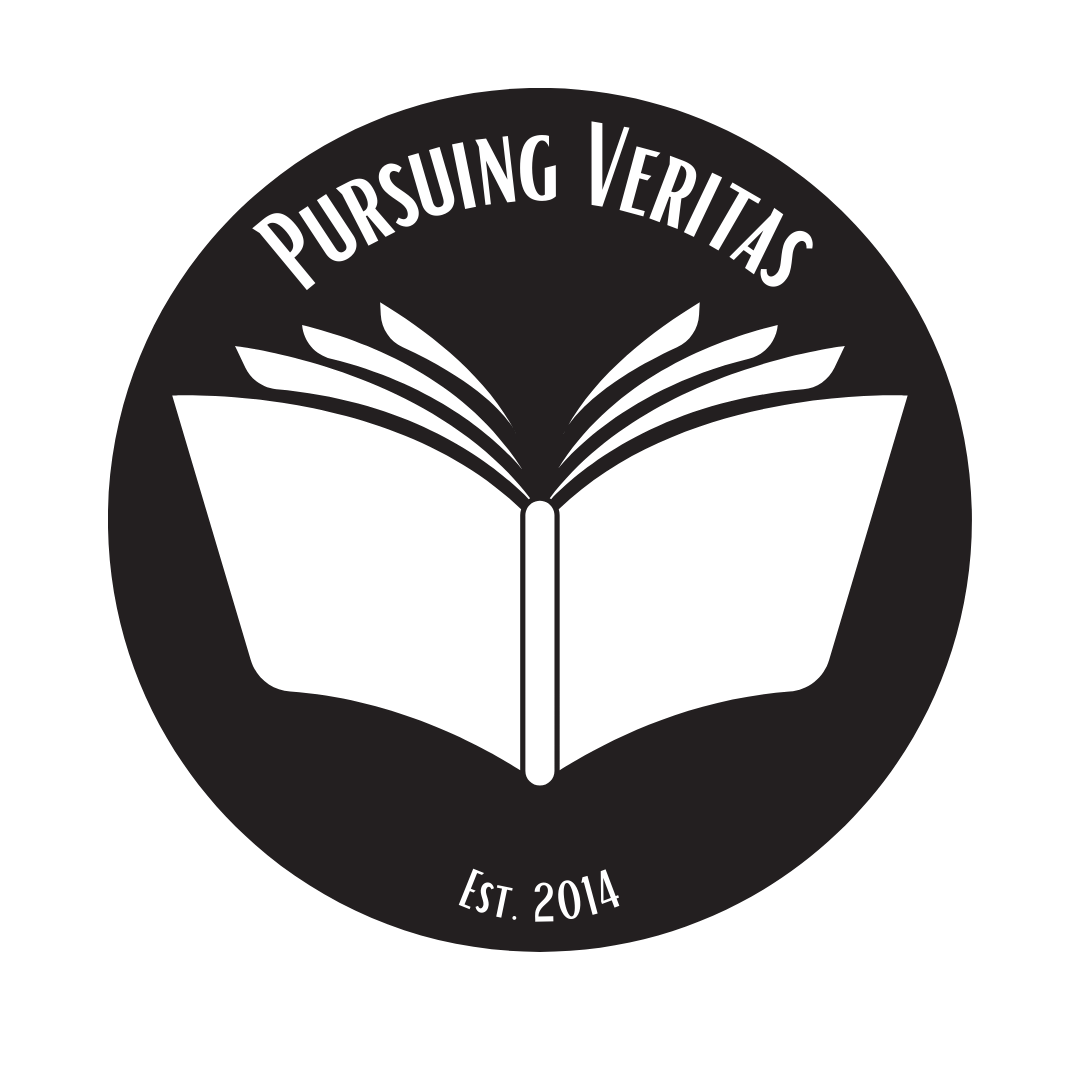This post is part of an ongoing series formulating a methodology for tracking and understanding the variety of ways in which early Christians received and utilized Scripture.
 The second axis on the three dimensional plane is thematic correspondence, where topics, tropes, and themes serve as the basis for determining the use of one text in another. Thematic correspondence ranges from thematic explication—where writings build upon and expand sources—to typology—where a specific concept is utilized—to thematic echo—where passing references to themes are made. In contrast to commentaries or sermons—which talk about the text in question—thematic correspondence talks through the medium of the text.
The second axis on the three dimensional plane is thematic correspondence, where topics, tropes, and themes serve as the basis for determining the use of one text in another. Thematic correspondence ranges from thematic explication—where writings build upon and expand sources—to typology—where a specific concept is utilized—to thematic echo—where passing references to themes are made. In contrast to commentaries or sermons—which talk about the text in question—thematic correspondence talks through the medium of the text.
There are a variety of ways in which ancient writers engaged in thematic explication of their sources. David Brugge has outlined four major categories: retelling, further writing, counter writing, and rewriting.[1] Retelling stands closest to the source text, but freely engages the text by including or excluding passage and/or changing the literary form of the text (i.e. from poetry to prose).[2] An expansive Summary of Israel’s Story,[3] such as the one offered in Acts 7:2-53, is a retelling. Further writing retains the characters and basic message of a source but adds new information in order to fill in gaps in the story or explain what happened after a source ends. The Acts of John serves as a prime example of a further writing, where John travels about preaching, healing, and teaching, not exactly repudiating the contents of canonical Acts but certainly taking those characters in different directions.[4]
Counter writings[5] include original characters or settings, but radically alter the universe and message of the source. The thematic connections between a source and its counter are largely negative, with the main emphasis of the source being turned upside down. Gnostic[6] writings such as The Apocryphon of John and Second Treatise of the Great Seth are often viewed as counter writings to the Christian New Testament, offering alternative cosmologies, ethical systems, and explanations of Jesus’ life.
[1] Brugge, 20-2. [2] Emmanuel Tov, “Biblical Texts as Reworked in Some Qumran Manuscript with Special Attention to 4QRP and 4QparaGen-Exod,” in The Community of the Renewed Covenant: The Notre Dame Symposium on the Dead Sea Scrolls (ed. E. Ulrich and J.C. VanderKam, Notre Dame: University of Notre Dame Press, 1994), 111-34. [3] Jason B. Hood and Matthew Y. Emerson, “Summaries of Israel’s Story: Reviewing a Compositional Category,” Currents in Biblical Research 11.3 (2013): 328-48. [4] See Jan Bremmer, ed. The Apocryphal Acts of John (Kampen: Kok Pharos, 1995). [5] Counter writings must always be carefully defined in order to indicate which text and/or perspective is counter. [6] On the parameters and limits of the term “Gnostic” see David Brakke (The Gnostics: Myth, Ritual, and Diversity in Early Christianity [Cambridge: Harvard University Press, 2010].) and Michael Allen Williams (Rethinking “Gnosticism”: An Argument for Dismantling a Dubious Category [Princeton: Princeton University Press, 1996].).

Leave a comment